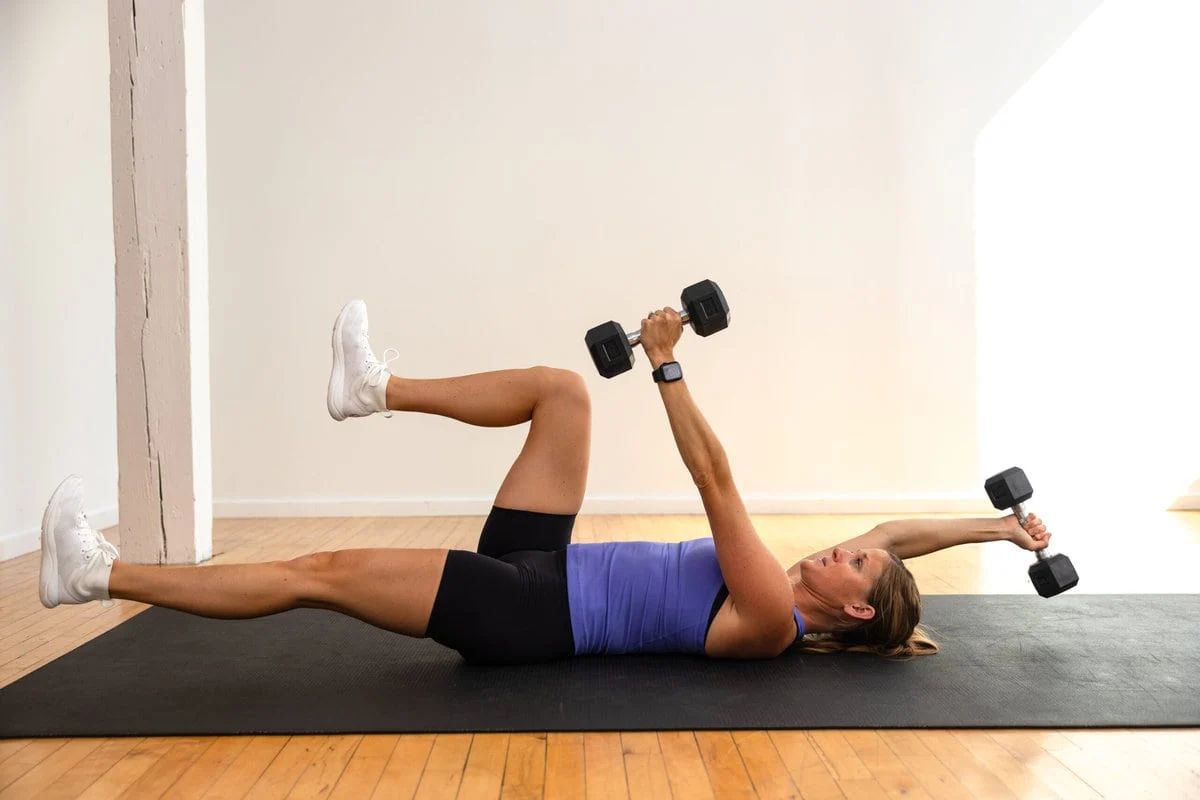The Dead Bug Exercise: A Comprehensive Guide
The dead bug exercise is a fundamental core workout that can significantly enhance stability and strength. Despite its seemingly simple appearance, it offers a host of benefits, making it a valuable addition to any fitness routine. In this article, we’ll explore the dead bug exercise in detail, covering its benefits, proper form, variations, and tips for maximizing its effectiveness.
What Is the Dead Bug Exercise?
The dead bug exercise is a bodyweight movement designed to improve core strength and stability. Named for its resemblance to a dead bug lying on its back with its limbs flailing, this exercise targets the muscles of the abdomen, particularly the transverse abdominis, rectus abdominis, and obliques. It also engages the hip flexors and lower back muscles.
Benefits of the Dead Bug Exercise
Incorporating the dead bug exercise into your workout routine can provide several benefits:
- Core Strength: The primary benefit of the dead bug exercise is its ability to strengthen the core muscles. A strong core is essential for overall stability, balance, and functional movement.
- Improved Posture: By enhancing core strength, the dead bug exercise helps improve posture, reducing the risk of back pain and other posture-related issues.
- Enhanced Coordination: The dead bug exercise requires precise movements and coordination, which can translate to improved overall coordination and balance.
- Reduced Risk of Injury: Strengthening the core through exercises like the dead bug can help protect the spine and reduce the risk of injuries during other physical activities.
How to Perform the Dead Bug Exercise
To perform the dead bug exercise correctly, follow these step-by-step instructions:
- Starting Position: Lie on your back on a flat surface, such as a mat or carpet. Extend your arms straight up toward the ceiling and lift your legs, bending your knees at a 90-degree angle.
- Engage Your Core: Tighten your abdominal muscles by drawing your navel toward your spine. This engagement helps stabilize your lower back and pelvis.
- Lower Your Right Arm and Left Leg: Slowly extend your right arm overhead while simultaneously lowering your left leg toward the ground. Keep your lower back pressed into the mat and avoid arching it.
- Return to Starting Position: Bring your right arm and left leg back to the starting position. Repeat the movement on the opposite side, extending your left arm and lowering your right leg.
- Maintain Controlled Movements: Perform the exercise in a slow and controlled manner, focusing on maintaining core engagement and minimizing any lower back movement.
- Breathing: Breathe naturally throughout the exercise, exhaling as you extend your arm and leg and inhaling as you return to the starting position.
Common Mistakes to Avoid
To ensure you’re performing the dead bug exercise correctly and maximizing its benefits, be mindful of these common mistakes:
- Arching the Lower Back: Avoid letting your lower back lift off the ground, as this can place undue stress on your spine. Focus on keeping your back pressed into the mat throughout the exercise.
- Rapid Movements: Performing the exercise too quickly can compromise your form and reduce its effectiveness. Aim for slow, controlled movements to maintain proper engagement of your core muscles.
- Holding Your Breath: Breathing properly is essential for maintaining core stability. Avoid holding your breath and focus on a steady, rhythmic breathing pattern.
Variations of the Dead Bug Exercise
To keep your workout routine challenging and engaging, consider incorporating these variations of the dead bug exercise:
- Dead Bug with Resistance Bands: Add resistance bands to the exercise to increase the challenge. Secure the bands around your hands or feet, and perform the movement as described. The added resistance will further engage your core muscles.
- Dead Bug with a Stability Ball: Place a stability ball between your hands and knees to enhance core activation. Perform the exercise while pressing the ball slightly to increase stability challenges.
- Weighted Dead Bug: Hold a light weight or dumbbell in your hands as you perform the dead bug exercise. This added weight will intensify the workout and further strengthen your core.
- Dead Bug with Leg Extensions: Incorporate leg extensions into the dead bug exercise by slowly extending one leg straight while keeping the other bent. This variation challenges your core and hip flexors even more.
Tips for Maximizing the Dead Bug Exercise
To get the most out of the dead bug exercise, keep these tips in mind:
- Focus on Form: Proper form is crucial for maximizing the benefits of the dead bug exercise. Prioritize correct technique over the number of repetitions to avoid injury and ensure effectiveness.
- Start Slowly: If you’re new to the exercise, begin with a few repetitions and gradually increase as you build strength and confidence.
- Incorporate into a Routine: Include the dead bug exercise as part of a balanced workout routine that includes other core and full-body exercises for comprehensive fitness.
- Stay Consistent: Consistency is key to seeing improvements. Incorporate the dead bug exercise into your routine regularly to build core strength and stability over time.
Conclusion
The dead bug exercise is a powerful yet straightforward movement that offers numerous benefits for core strength and stability. By performing the exercise with proper form and incorporating variations to challenge yourself, you can enhance your overall fitness and reduce the risk of injury. Whether you’re a beginner or an experienced fitness enthusiast, the dead bug exercise is a valuable addition to any workout routine, helping you build a strong and stable core.

